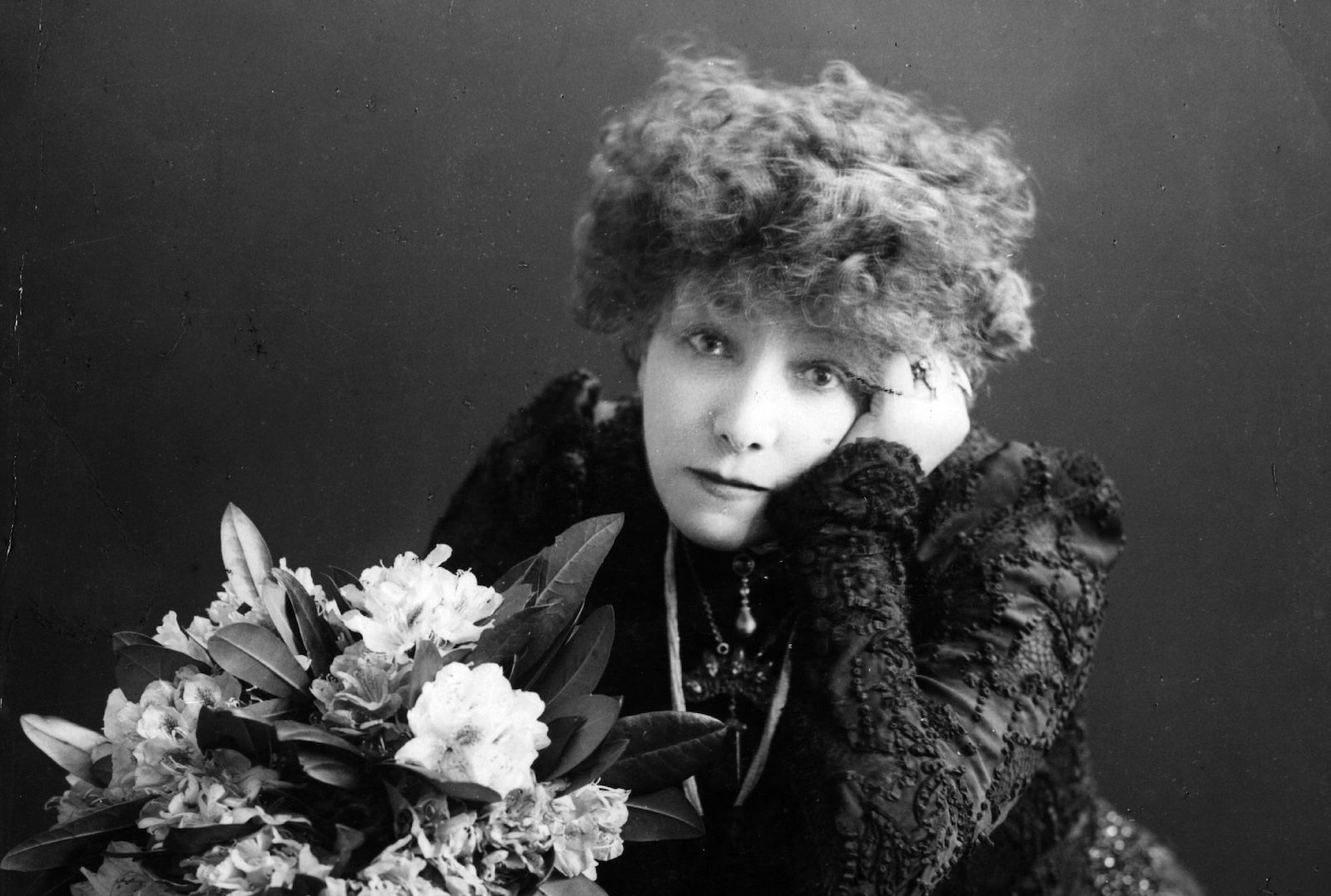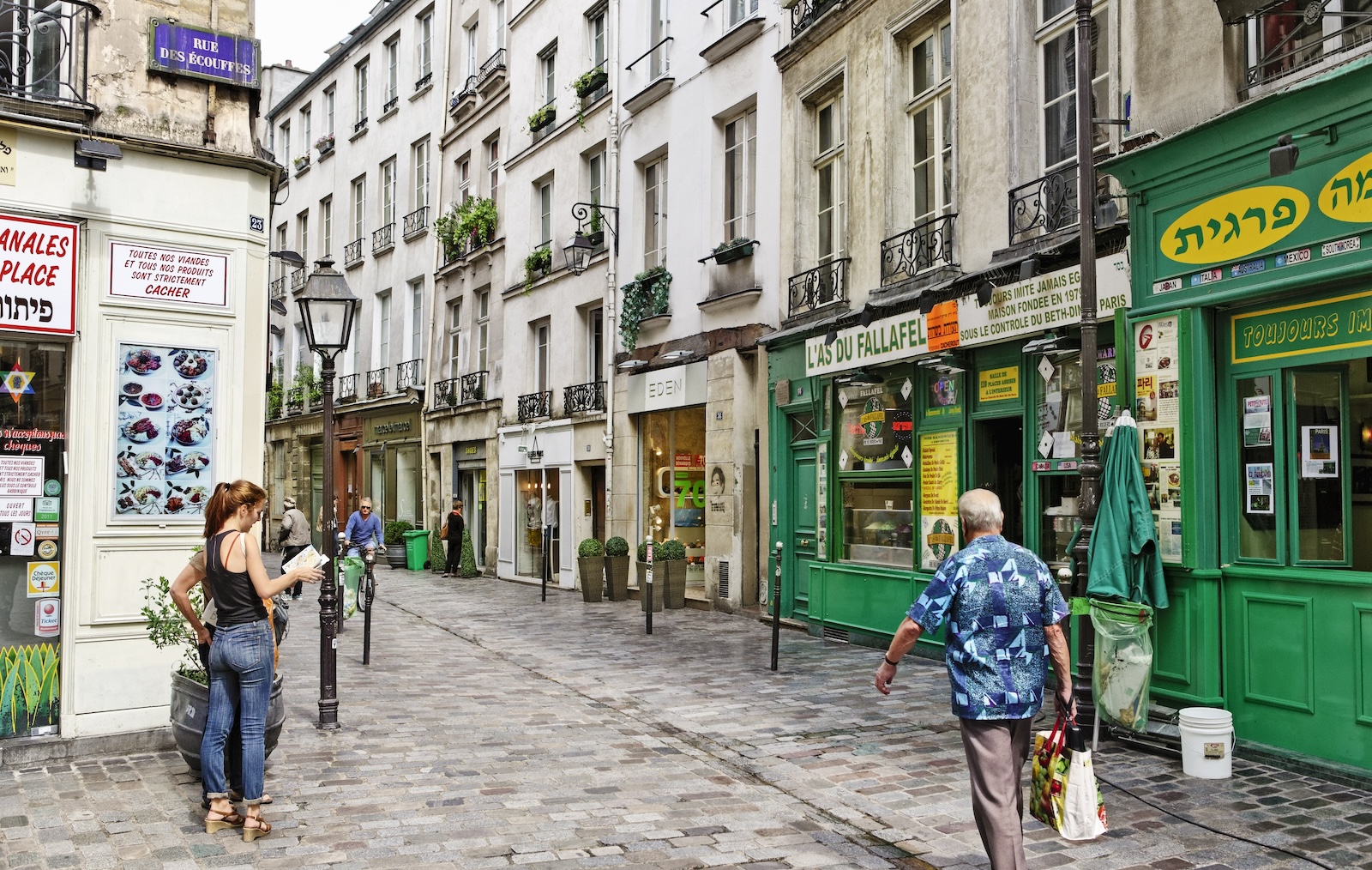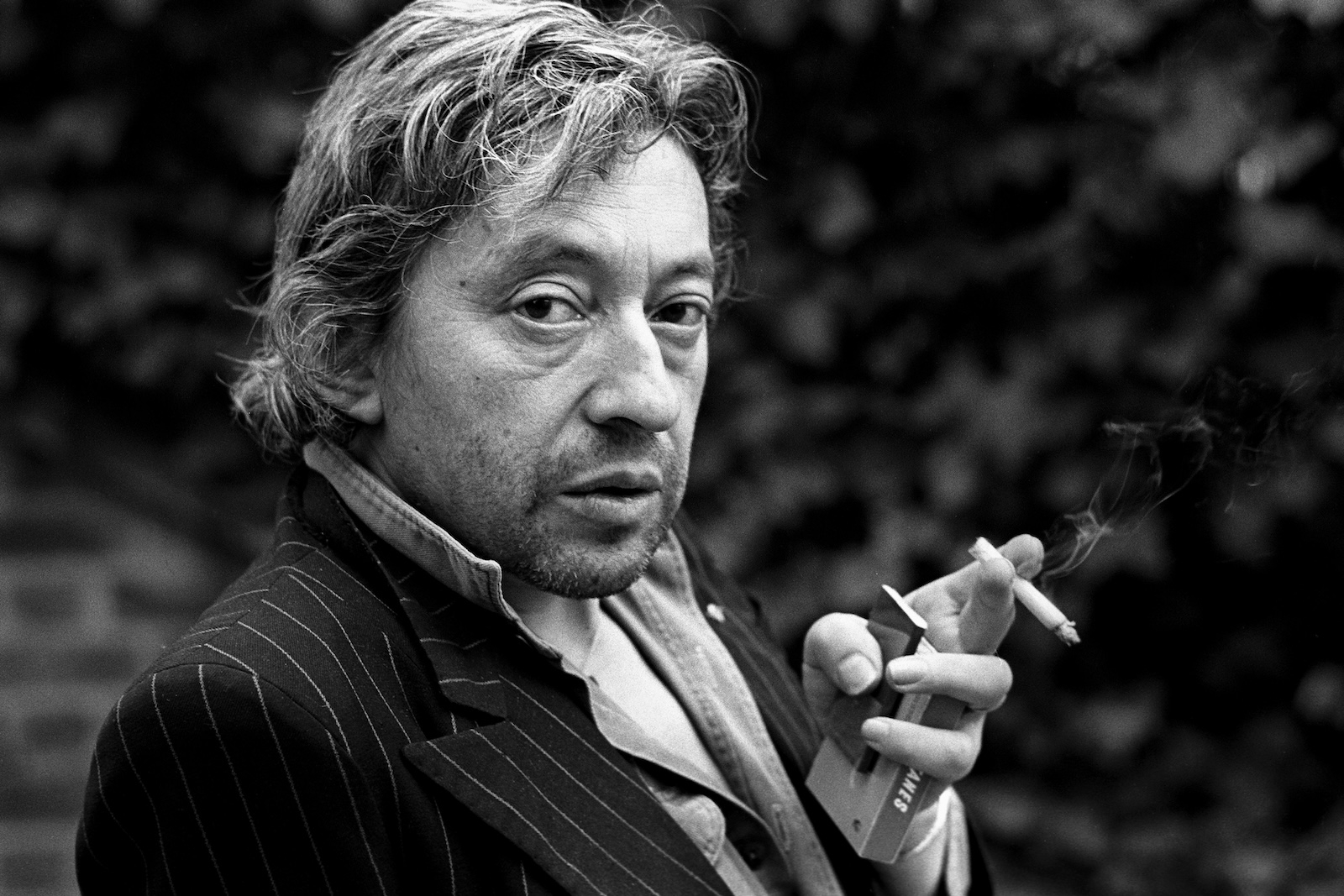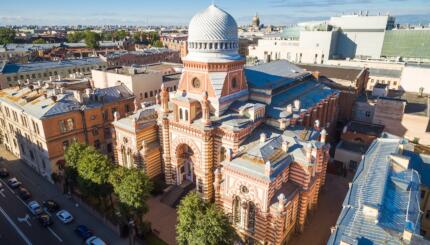Jews have been present in France since Roman times. In the first century of the Common Era, Jews were found in and around the area now known as Lyon. By the sixth century, they had built the country’s first synagogue on the Île de la Cité, an island in central Paris. But it would not be long before their first expulsion in 629. The Jews would soon return and even receive some legal protections during the reign of Charlemagne in the eighth century. But this too would prove to be short-lived. The Jews of France would experience forced conversions and executions in the tenth through the 12th century. Such alternating experiences of cultural achievement and official persecution would repeat themselves many times in the 1,500-year history of French Jewry, today the third-largest Jewish community in the world, after Israel and the United States, with some 450,000 people.
France was the birthplace of one of the most important figures in Jewish history — Rabbi Shlomo Yitzhaki of Troyes (1040-1105), better known as Rashi, the author of landmark commentaries on the Bible and the Talmud that remain indispensable to students of these texts. The school he founded in Troyes would come to define how Ashkenazi Jews understood the relationship between the Bible and the Talmud.
But barely a century after Rashi’s death, the Talmud itself would be put on trial in France for its supposedly negative comments about Jesus, Mary, and Christianity more broadly. The result of the trial was the burning of the Talmud and other Jewish texts across France. In the wake of this, Jews would be expelled again from France until the 14th century.
Life for the Jews of France began to settle and diversify in the late 15th century with the arrival of Sephardic Jews expelled from Iberia who settled in and around Bordeaux. These Jews would become part of the economic fabric of this region, and during the French Revolution would help inspire a debate among revolutionaries about who ought to be considered citizens in the new republic. Some 40,000 Jews were living in France when the Count of Clermont-Tonnerre famously declared: “Jews should be denied everything as a nation, but granted everything as individuals.” He would go on to say that “the existence of a nation within a nation is unacceptable to our country.” After debates in the National Assembly, the male Jews of France would all be granted civil rights and be fully emancipated: first with the Sephardic Jews in 1790, and then the Ashkenazi Jews in 1791.
With your help, My Jewish Learning can provide endless opportunities for learning, connection and discovery.
After emancipation, French Jews began to acculturate and assimilate into French culture. This was most notable among the Jews of Alsace, who began to shed Yiddish and adopt French as their vernacular. Jews would also start to make their mark on French culture, particularly in theater. In the 19th century, French Jewish actor Eliza Felix, known simply as Rachel, took the French theatrical world by storm when she revitalized the Comédie-Française through her thrilling and passionate performances. Sarah Bernhardt was one of, if not the, greatest French actors of the late 19th century. Jews also began working with the state in this period to establish synagogues, and from the mid-19th century onwards a number of Sephardic and Ashkenazi synagogues would be erected around France.

The 19th century also saw the blossoming of the Reform movement in France, which sought to elevate Jewish religious practice so it was more consistent with French mores, and the rise of the Napoleonic consistory, a body that sought to organize Jewish worship and congregations in France. In recognition of their deepening Frenchness, the Jews of France began to embrace their identity of “Israélite,” which denoted more of a religious than a national identity. These developments would all feed into the evolution of a unique Franco-Judaism, though its contours would change in the ensuing centuries.
This was also a period of increasing French Jewish internationalism, as French Jews saw it as their mission to help elevate the status of Jews around the world. This would lead to the establishment in 1860 of the Alliance Israelite Universelle, an organization that sought to assist less fortunate Jews around the world facing discrimination. The group’s purpose was rooted in both the rabbinic maxim “All Jews are responsible for one another,” as well as the broader French colonial mission civilisatrice, or civilizing mission.
The growing assimilation of French Jews in the 19th century did not go unopposed. Indeed, the community’s upward mobility would be put to the test in 1894 with the Dreyfus Affair, when a 35-year-old Alsatian Jewish army captain, Alfred Dreyfus, was wrongfully convicted of selling military secrets to Germany. Despite persuasive evidence of his innocence, Dreyfus was twice convicted of espionage in trials tainted by antisemitism. The event was a watershed, ushering in what many scholars consider the era of modern antisemitism, defined by the racialization of Jewishness.
Still, the French Jewish community grew. In the 1920s and 1930s, waves of Jews fleeing Eastern Europe wound up making France, and mainly Paris, their home. In 1914, the Jewish population of France stood at about 100,000. By 1940, the Jewish population of Paris alone was 300,000. Many of those new arrivals were Yiddish speakers who, in the interwar period, established France as a hub of Yiddish culture. To this day, Paris boasts several Yiddish cultural outlets that were born during the interwar years. Most notably, the Medem Bibliothèque, Europe’s largest repository of Yiddish books, was founded in Paris in 1929. A number of Jews from Salonica would also arrive in these years, catalyzing a new era of Sephardic culture in France.

The interwar years saw another first for Jews not only in France, but in Europe more broadly, when in 1936, Leon Blum became the first Jew elected prime minister of France. Blum would usher in a number of reforms, most notably the 40-hour work week.
But within four years, the Third French Republic would fall, the Nazi occupation would begin, and the collaborationist Vichy government would be established. Anti-Jewish legislation began in October 1940 and accelerated after the largest roundup of Jews in Paris in July, 1942. France became home to upwards of 30 transit and concentration camps that helped facilitate the murder of French Jews. In total, some 75,000 French Jews would be deported, most of them of Eastern Europe descent, and it’s estimated that only about 1,500 returned after the war.
The postwar years saw yet another period of Jewish growth. By the mid-1950s, France’s Jewish population would parallel its prewar numbers thanks to a flood of new arrivals from former French territories undergoing decolonization. From then on, it would constitute the third-largest Jewish population in the world after the United States and the State of Israel. Between 1950 and 1969, 220,000 North African Jews moved to France. By the early 1980s, over half of the Jews living in Paris had North African origins.
The postwar years saw another flourishing of Jewish cultural and religious life. There was a reestablishment of Yiddish culture, a rise of North African Jewish culture, as well as a new blending of French and Jewish cultures. If the Jewish influence on French culture in the 19th century was seen mainly on the theatrical stage, during the 20th century it was heard through one’s turntable. The postwar years saw several French Jewish singers launch what would become prolific and illustrious careers: Singers Barbara (born Monique Andrée Serf in Paris), Georges Moustaki (born Giuseppe Mustacchi to Greek-Jewish parents), and Serge Gainsbourg (born Lucien Ginsburg to Russian Jews in Paris) would all transform French culture and challenge how Jews fit into the cultural boundaries of the French republic. They also reflected the plurality of communities that then made up French Jewry. Barbara and Gainsbourg’s familial origins were in Eastern Europe. Moustaki was born in Egypt. They were all French.

This history notwithstanding, Jews in France still find themselves targets of antisemitism. In recent years, attacks on Jews have taken place in Lyon, Toulouse, Montauban, Nice, Marseille and Paris. And where anti-Jewish animus in France once emerged largely from the far-right, French Jews are now targets of new forms of extremism. (Several perpetrators of attacks in recent years have claimed allegiance to groups like ISIS.) In the year after the January 2015 attack on a Paris kosher supermarket that killed four French Jews, immigration to Israel jumped 10 percent over the year before, which was itself the highest number of Jewish emigrants from France since the establishment of Israel in 1948. Though French authorities have sought to contain surging antisemitism and demonstrate their solidarity with the country’s Jews, some key Jewish leaders have openly begun to question their future in France.
Still, Jewish France remains diverse and vibrant. The Marais, a historic district in central Paris that has become a hip destination in recent years, remains the symbolic heart of Jewish France. On the district’s main street, Rue des Rosiers, one can still find bagels, judaica, as well as some of the best falafel in the city. A sign on the street, fashioned as one of the traditional French street signs, reads pletzl, or “little square” in Yiddish, a reminder of the district’s history as the old Jewish quarter.



